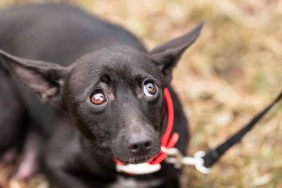Trained dogs, with their remarkable sense of smell, have shown the ability to detect Parkinson’s disease with a stunning accuracy rate of nearly 90 percent. This discovery paves the way for an affordable and effective diagnostic method that could enable earlier treatment for sufferers of this condition. Individuals with Parkinson’s have unique chemicals in their sebum. According to researchers, these chemicals…

A British woman has died after being “scratched” by a puppy in Morocco, with an inquest being filed into her…



